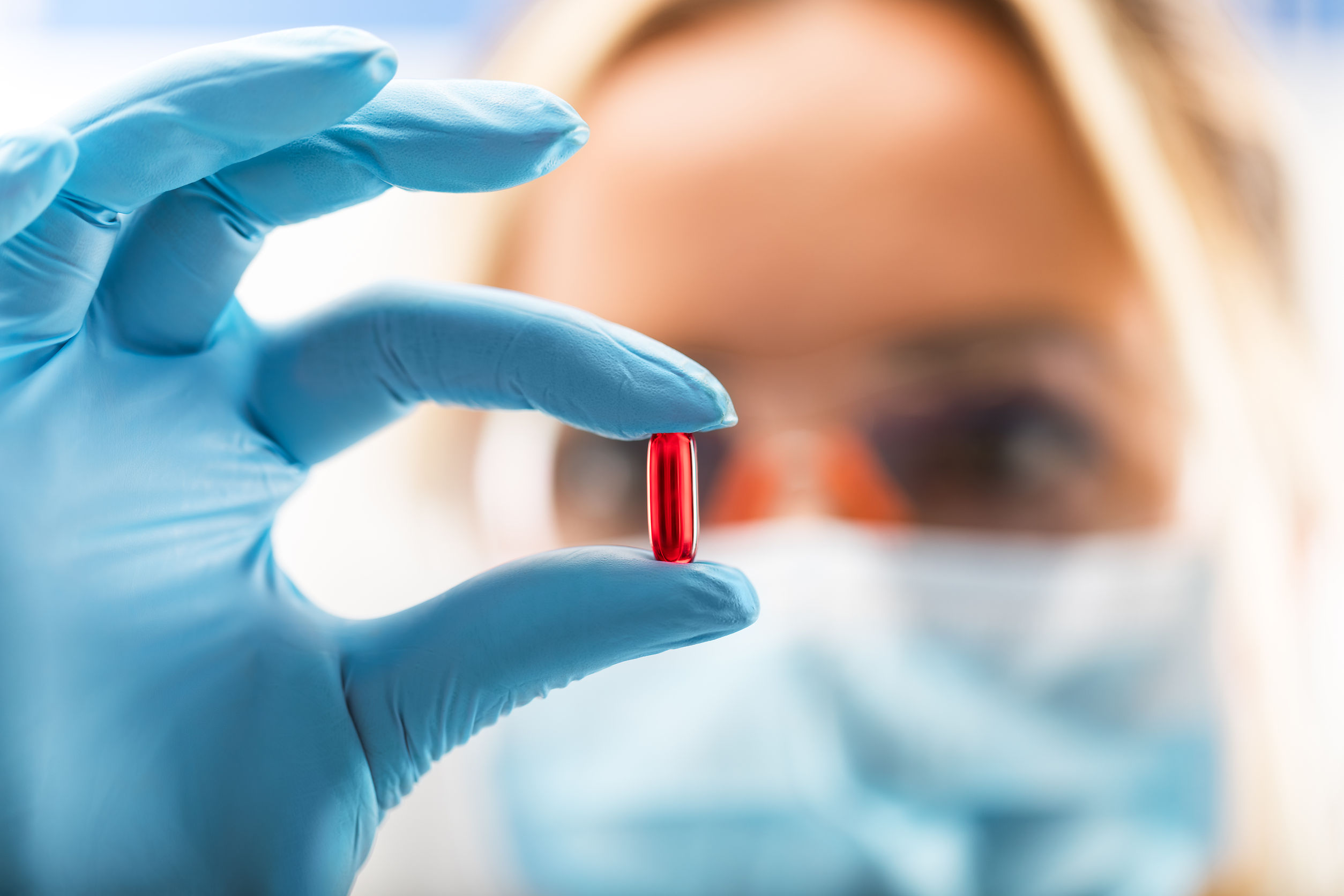Keywords:
By Simon Fogarty
The growing productivity crisis in drug discovery and development is forcing pharmaceutical companies large and small around the globe to rethink their research and development (R&D) strategies. As investors look to small and medium-sized enterprises (SMEs) for bigger returns, what will it take to maximize productivity and thrive in these challenging times?

Can the growing productivity crisis in drug discovery and development be reversed? What are the solutions?
Rising costs, diminishing returns: something’s got to give
Over the past 5-10 years, skyrocketing costs, diminishing returns on investment, shrinking drug candidate portfolios, and little improvement in the failure rate for novel compounds coming out of R&D pipelines have increased the pressure on the pharma and biotech sectors. The need for deep budgetary and staffing cuts has led to a rising number of mergers and acquisitions as companies try to consolidate assets.
The statistics are indisputable and do not paint a happy picture. As has been the case for many years, most new drug candidates that make it into preclinical and clinical development will fail to reach the market, and too many of those will fail in late-stage clinical testing when the stakes are high. (About 40% of drugs will fail when they are first tested in patients.)¹
Over the past 40 years, the number of drugs commercialized per $1 billion of R&D investment has decreased almost 30-fold, leaving the pharmaceutical industry with a current return on investment of about 3.2%.¹
A one-two punch of rising R&D costs and shrinking patient populations
The Tufts Center for the Study of Drug Development conducted a new survey of ten biopharmaceutical companies to determine the research and development costs for 106 new drugs. The results showed that the pre-tax capitalized cost per drug approval was $2.56 billion USD (in 2013 dollars).² The analysis included the costs for compounds that were abandoned into the costs of approved drugs. An earlier Tufts study, done in 2000, had estimated an R&D cost of $802 million per new approved drug, or $1.04 billion in 2013 dollars.
Based on these figures, the cost of developing a new drug increased about 2.5-fold from 2000-2013. Adding to the problem of rising R&D costs is the declining size of target patient populations for drugs developed in recent years, with the ongoing shift in emphasis from broadly applicable medicines to tailored therapies intended to be more effective in a smaller, more defined group of patients. This is part of the larger movement toward a more personalized approach to diagnostics, prognostics, and disease management. According to an article in Forbes, the median patient population size served by a top 100 drug decreased from 690,000 in 2010 to 146,00 in 2014.3
The cost of developing a new drug has increased about 2.5-fold between 2000-2013, with a pre-tax cost per drug approval of $2.56 billion USD in 2013 dollars.³
Searching for answers to the productivity problem
In the article entitled “Glaxo CEO Dispenses Bitter Pill to Fix R&D", the Wall Street Journal reports on the extensive changes taking place at GlaxoSmithKline, describing the company as lagging behind others recently in research productivity.⁴ The article notes that Glaxo’s annualized economic return to R&D spending was only 3% from 2007 to 2016. To combat declining profits, the company has undertaken substantial cuts in its scientific and executive corps, pared down and refocused its drug discovery portfolio, and halted a number of clinical trials.
While Glaxo may be taking more extreme measures than some other companies to halt productivity declines, no company is immune to the growing pressure on drug discovery R&D operations.
Investors betting on SMEs
As sales at large biotechs continue to decline, investors are looking to the more agile SMEs to drive growth, and indeed the past year has seen an upturn in efficiency, with SMEs responsible for a significant proportion of new drug approvals in the U.S. last year.⁵ However, for this trend to continue, SMEs will need continued investment and support to remain efficient.
The U.K. government this year launched the Medicines Discovery Catapult program. About 40% of SMEs in the U.K. have fewer than five employees.¹ Catapult is especially expected to benefit SMEs and help them overcome limited access to personnel, expertise, and advanced technology and equipment. One of the key areas being targeted by Catapult is the need for more predictive model systems to improve drug target and biomarker discovery. These should include models such as organoids based on patient-derived cells and tissues.
Seeking strategic solutions
The problem is multifaceted and the contributing factors stem from the earliest stages of drug discovery through to the design of clinical trials. Similarly, the solutions to this evolving crisis will need to be broad-ranging and strategic, targeting the areas where the greatest gains in productivity can be achieved for relatively low cost.
In upcoming articles, we’ll take a look at what types of choices start-ups and SMEs should be making to help them survive and gain a competitive advantage in the current climate. How can targeted and strategic improvements to the drug discovery workflow translate quickly and efficiently into productivity gains? It turns out that asking the right questions is as important as uncovering the answers.
Do your drug discovery workflows run like clockwork?
Let automated liquid handling ensure they do. Discover more in this infographic.
References
- UK Bioindustry Association and Medicines Discovery Catapult. State of the Discovery Nation 2018. Available at https://s3-eu-west-1.amazonaws.com/media.newmd.catapult/wp-content/uploads/2018/01/16220811/MDC10529-Thought-Leader_v10_Interactive_v1.pdf (Last accessed April 2018).
- DiMasi JA, Grabowski HG, Hansen RW. Innovation in the pharmaceutical industry: New estimates of R&D costs. J Health Economics 2016;47:20-33.
- Graham J. Crisis in Pharma R&D: It Costs $2.6 Billion to Develop a New Medicine; 2.5 Times More Than in 2003. Forbes November 26, 2014.
- Bisserbe N, Lublin JS. Glaxo CEO Dispenses Bitter Pill to Fix R&D. Wall Street Journal March 25, 2018. Available at: https://www.wsj.com/articles/glaxo-ceo-dispenses-bitter-pill-to-fix-r-d-1521979200?ns=prod/accounts-wsj (Last accessed April 2018).
- Janson, CH, Why small biotech stocks are the best choice for big returns. Money Week, Feb 23, 2018.
Keywords:
About the author

Simon Fogarty
Simon has a broad background in drug discovery automation covering all areas from assay development to design of automation systems. He is enthusiastic about the life sciences and constantly strives to provide practical working solutions to researchers. After working in both pharma/biotech and life science instrumentation sectors for a number of years he joined Tecan in 2008. At Tecan Simon is Director of the Application Sciences Group the USA.











